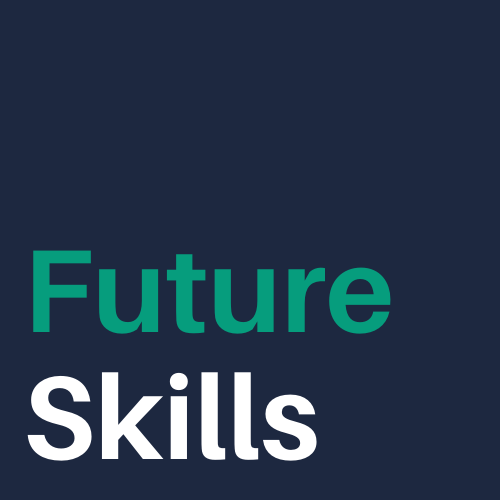The layoff news is bleak. Last week, 3.3 million people filled for unemployment, as COVID-19 spread and states issues stay-at-home orders. We are in a period of mass layoffs. Seeing those company layoff numbers are brutal but this chart from CNBC is what really put it into perspective:

As someone who graduated into the 2008 recession, that chart blew me away. I didn’t get laid off in 2008 but it was nearly impossible to find a good job in those years. I ended up taking loads of random jobs, mostly temporary, to get me through and pay my bills. Family and friends were laid off then too.
Seeing a chart like that just hurt my brain. Most of us know what it felt like to job search or work in crappy jobs during the 2008-2010 period. I’ve been talking with friends and we’re wondering if it’s going to feel like that again. Some say it’s temporary. Others can’t say we can be sure at all because global pandemic!
On top of that, I was laid off two weeks ago. I was contracting as a conversation designer for a conversational AI startup. So I’m joining the ranks of job seekers looking for work. It’s an odd position to be in – a career expert with a new book who has recently been laid off. It’s an identify shift for sure.

So I’m doing something a bit different for the time being. I’m interrupting interviews with career changers on my podcast to talk about layoffs. Instead of interviewing people about their career changes, I’m putting together a series to help job seekers navigate layoffs. Ironically, the last episode I did before our
We don’t talk much about layoffs as a society. Unless a family member or friend goes through it, layoffs are simply a number on the screen as we scroll through our daily news.
I want to change that. I want to talk about layoffs and more importantly I want to talk about how to get through it. From dealing with the initial shock after a layoff, to making a new budget, to finding a new job in a very competitive market, people need help finding their way after a layoff.
I intend to help them. If you know someone who has been laid off, send them my podcast, 50 conversations.
Here’s the first episode in the new series: An intermission: I just got laid off and everything is weird







